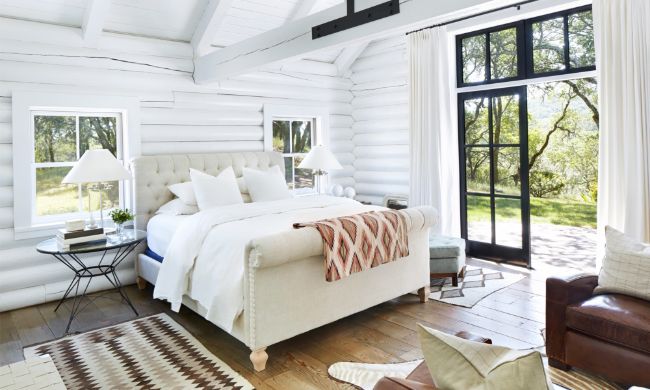Create an oasis of calm according to the rules of Feng Shui
Feng Shui or Feng Shui – an esoteric and spiritual practice developed in ancient China that deals with working with the flow of energy in space
Working with feng shui allows us to begin to connect with our environment and be in harmony with our home. If you also have your meditation room at home and would like to improve it, see what colors are best for the flow of positive energyyou can consult professional Madrid painters.
Feng Shui and meditation
Feng Shui is related to meditation in many ways. You can see this connection at the most basic level: When you apply feng shui principles to your home, you can have a space dedicated to meditation. However, this is not the only connection between feng shui and meditation.
Feng Shui can also be a way to consciously connect with your home and its spaces. Mindfulness and meditation are said to be ways to get to know yourself better, and feng shui is very similar.
Feng Shui can help us become more in tune with our homes and can also encourage us to value and appreciate all aspects of our homes on a deeper level.
According to Aluche painters, Feng Shui helps us to tune in to our home.
Feng Shui and colors
Feng Shui focuses on the movement of visible and invisible energies in our homes, and color is a type of energy that is both visible and invisible.
Color is something that pleases our visual senses., and it can also be a vibration of light that we cannot see. From a feng shui perspective, color is one of the most powerful ways to change the energy in a space.
There are several feng shui principles when it comes to the use of color when designing a meditation space.
While there are no feng shui colors “best” pFor a meditation space, there may be colors that are best for your meditation space based on your energy and intentions.
Leganés painters recommend that you pay attention to what colors attract you and listen to your intuition. You can also consciously bring in a certain color based on its feng shui meaning.
Once you’ve decided what colors you want to bring into your meditation space, you have several options.
You can incorporate these colors in a way that requires a bigger investment, like painting walls or furniture, or try adding color in a smaller way, like in a meditation cushion. You can also use feng shui color selection much more lightly and start with a very small object, such as a candle, crystal, or other object that is part of your meditation space.
Feng Shui colors for your meditation space
One way to approach feng shui and color is to look at the five element color theory.
The five element system comes from the taoism and it is a way of understanding the various energies that make up the world.
Each element is associated with certain colors and also with certain properties. If you want to cultivate a certain type of energy in your meditation practice, you can bring a corresponding element to it through color.
Below, the Móstoles painters show the colors and qualities associated with each of the five elements. You may notice if any of these elements resonate with you, if so, consider incorporating these colors into your meditation space.
Decorate your meditation space so that you feel good.
Earth element
The earth element is associated with the yellow and brown. Earth represents stability and grounding, so if these are qualities you’d like to cultivate, you can bring them into your meditation space.
Earth is also associated with self-care and boundaries, so earth colors could be supportive if you want to create healthy boundaries around the rest time you set aside for yourself.
metallic element
The metal element is related to white and metallic colors.
Metal is associated with playfulness and precision, so bringing in metallic colors can be helpful if you want to enhance these qualities.
Metal can also help improve focus, which can be supportive in a meditative space.
Water element
Water is represented in black. If you want to cultivate more wisdom and intuition, you may want to incorporate more colors of the water element.
Water is also associated with depth, so if you want to deepen your meditation practice, adding black to your space may help.
wood element
The wood element is related to the colors green and blue. Wood represents vitality, growth and healing.
If the intention of your meditation practice is to work on self-healing or to cultivate greater flexibility in your approach to life, the colors of the wood element could be very beneficial in your meditation space.
fire element
Fire is associated with the color red. It’s also associated with passion and inspiration, so adding red to your space is a great way to invite more of these qualities into your life.
Red is also a very strong and active color and a little of it goes a long way. If you want your meditation space to feel calm and balanced, you can bring red into the room in smaller doses instead of painting an entire wall.
If you’re not sure what element or color to bring into your meditation space, consult your intuition. It is important to consider your personal associations with certain colors and how they make you feel in order to create a space that nurtures and supports you.
